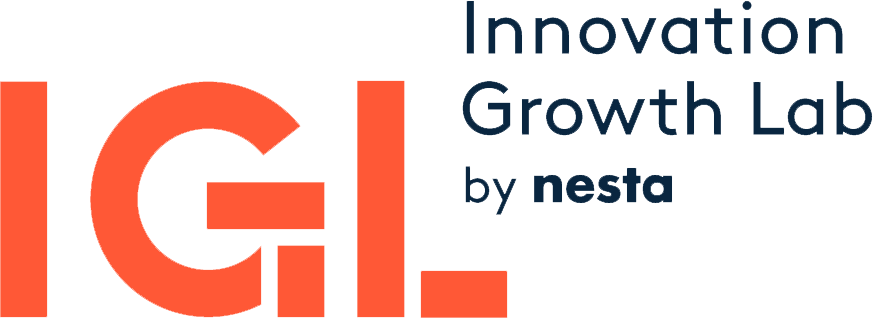
Governments in developing and developed countries frequently use policy tools such as matching grants to promote growth and innovation of small and medium enterprises (SMEs). A matching grant is a type of subsidy where firms commit to invest money in certain activities once the government grant is received. International aid and multilateral organisations also promote matching grants as a private sector development policy; for example, the World Bank has invested at least $1.2 billion dollars in matching grant programmes targeting SMEs.[1]
Even though this policy is frequently used, little is known about its impact and little is known about which is the best targeting strategy. On one hand, little is known about who has the skills to best identify firms with growth potential: industry experts that are well informed about the market but may have conflicts of interest, or government officials who have less information about the industry but fewer conflicts of interest? On the other hand, the impact of the grants on firm's performance is unclear as there may be a crowding-out effect on private investment.
Through a randomised control trial (RCT), we will investigate the overall impact of the programme on firms’ performance as measured by outcomes such as productivity, sales, job creation and innovation. Of equal importance, we will also randomise across two different selection panels to choose beneficiaries, one panel that has no reason to be biased but does not have industry experience, and one panel that is potentially biased but has industry experience. This will contribute to a better understanding of how to implement matching-grant programmes by improving governments’ selection criteria, procedures and targeting strategy.
The Intervention
The High Impact Entrepreneurship Programme (HIEP) of the National Institute of the Entrepreneur (INADEM) provides matching grants of up to $170,000 USD to startup and scale-up firms that have an innovative product or business model and potential for high growth and high impact. In 2017, the programme expects to fund 200-250 firms among 1,000 applicants.
Applications will be reviewed by two types of selection panels: a traditional panel composed by government staff, and a specialised panel composed by industry experts with broad experience in private sector. Firms scoring above the selection threshold by one or both panels will be eligible to receive funding. The programme anticipates that about 1,000 firms will apply, among which 400 firms will be deemed eligible. A random half of these eligible firms will be selected to receive funding; the other half, which does not receive funding, will form the comparison group.
Preliminary results are expected in early 2019.
[1] Campos, Franciso, et. al. (2012)
This RCT was funded by the IGL Grants Programme in collaboration with the Argidius Foundation, the Ewing Marion Kauffman Foundation and Nesta.



